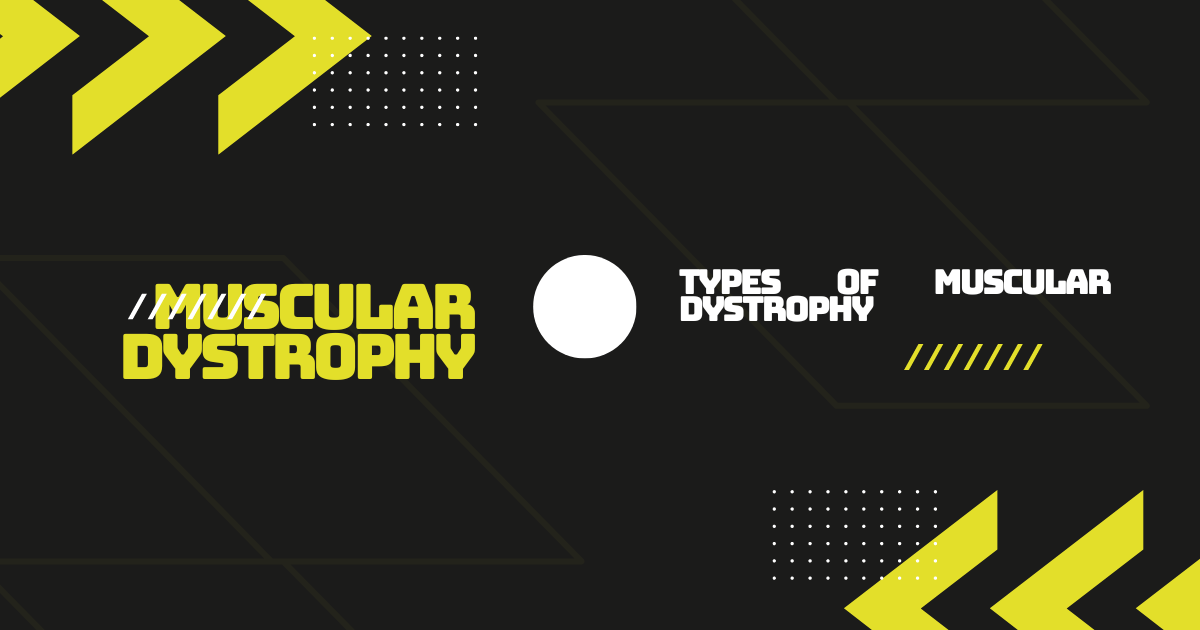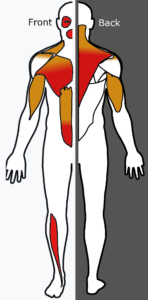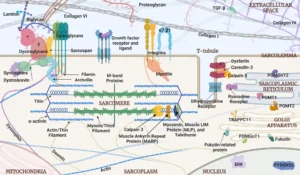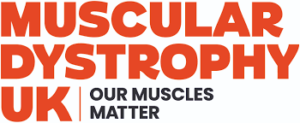Muscular dystrophy happens when multiple genetic diseases combine, it causes weakness in the body and severe muscle loss. there are lots of therapies are available for muscle dystrophy but there are no any definite treatment which is well- proven to cure this disease permanently. that is why its very difficult to recognize the symptoms of this condition to better management.
Muscular dystrophy:-
Muscular dystrophy is a group of disorders that slowly cause muscles to weaken and break down over time. Different types of muscular dystrophy can affect various muscles in the body. Scientists have identified over 30 types of this condition, each of which can lead to long-term problems with muscle control and coordination.
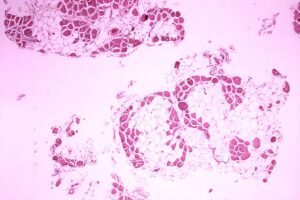
Muscular dystrophy types:-
Muscular dystrophy comes in various forms, and here are eight of the most common types:
- Duchenne Muscular Dystrophy (DMD): This inherited disease mostly affects boys between the ages of 3 and 5. They often struggle with climbing stairs and walking short distances. Some may also develop heart problems.
- Becker Muscular Dystrophy: Similar to DMD but less severe, this type appears later, usually between ages 12 and 25. It causes muscle weakness and reduced flexibility.
- Limb-Girdle Muscular Dystrophy: This type damages muscles in the hips, thighs, upper arms, and shoulders. Symptoms usually start to show in the 20s.
- Congenital Muscular Dystrophy: Signs of this form appear at birth. As the child grows, muscle weakening progresses, often leading to a shorter lifespan of 10 to 30 years.
- Myotonic Muscular Dystrophy: People in their 20s may develop this type, where their muscles have trouble relaxing after contracting.
- Oculopharyngeal Muscular Dystrophy: This condition affects muscles in the neck, shoulders, and face, often making it hard to swallow. It usually starts in the teen years or mid-40s.
- Emery-Dreifuss Muscular Dystrophy: This type also involves heart issues and is mostly found in boys, with symptoms appearing around age 10.
- Distal Muscular Dystrophy: A rare form that causes muscle stiffness and pain in the legs and lower arms, typically beginning between ages 40 and 60.
